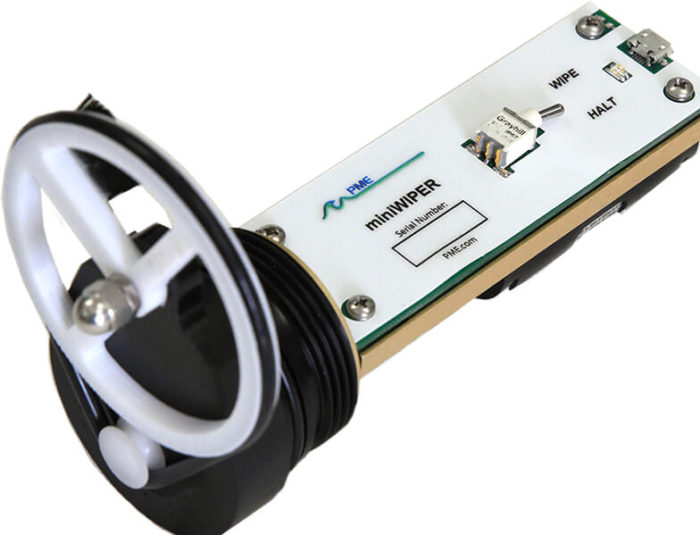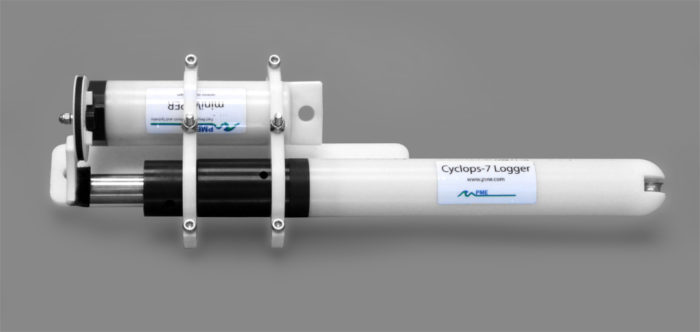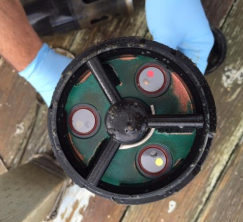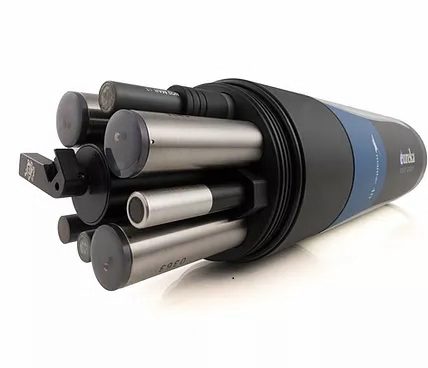How to use anti-fouling devices to lengthen your deployment
Profilers covered with an accretion of organic molecules and organisms can severely restrict the profiling range and the quality of the measurements done. Luckily, there are options one can apply to sensors and platforms to discourage biofouling forming.
At Kem-En-Tec Nordic we are specialists in environmental monitoring, and we offer optional anti-fouling options to a range of our sensors. They come in different price ranges and varying capacities, so there is definitely one that meets your needs.
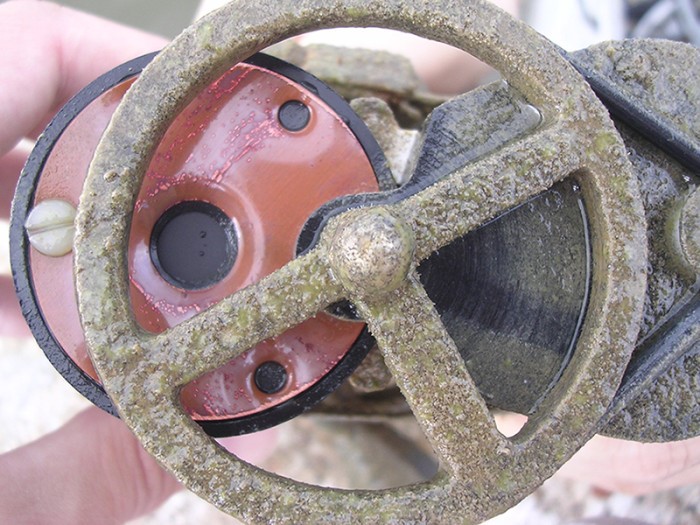
What does anti-fouling mean?
Biofouling affects a wide range of marine activities, hindering operations. Anti-fouling is a method of reducing biofouling - the accumulation of marine organisms on submerged artificial surfaces.
Biofouling plays a large part in hindering environmental monitoring when it attaches to sensor surfaces. It begins with the retention of organic molecules and cause a bulge of layers and grows of various organisms hindering the sensor from doing its job.
Why is anti-fouling necessary?
Even though our instruments for environmental monitoring from Turner Designs, Eureka Water Probes, and PME are not normally affected by this common issue at shower deployments, the time-related build-up on long-term deployments may reach a point, where the quality of the data obtained is affected enough for the deployment time to decrease significantly, if no other measures are taken.
In addition, mussels and barnacles may start to grow on the surface of your instrument or close to it. It is an extensive and expensive procedure to recover the sensor or have a diver clean it when it should still be up and running. That is why we recommend discouraging any damage with an anti-fouling option. This elongates the deployment time and ensures that the collected data is both reliable and of high quality.
How can we extend our deployment through anti-fouling?
There are several ways to combat biofouling. Some of them have been used for years, while other techniques are newer.
Anti-fouling submersible water sensors
One way to fight biofouling on submerged water sensors is through a mechanical anti-fouling wiper. This allows the sensor itself to wipe away any onset of unwanted marine organism growth at a set interval, and by keeping the sensor head clean, the wiper ensures that the collected data is at a consistently high quality.
Here are our top-performing submersible water sensors and the anti-fouling options available for them:
miniWIPER from PME
The miniWIPER from PME is an excellent example of a gentle, yet effective tool for anti-fouling. It is a self-contained, completely submersible, wiping device that can be used with a variety of sensors. The miniWIPER can be programmed to wipe at various intervals and is powered by two AA Lithium batteries.
A small brush rotates over the sensor in order to perform a complete wipe of the sensor surface and then rests away from the sensor to allow for accurate and continuous monitoring. The wiper is used as an anti-fouling device and will reduce the growth of various organisms on the sensor.
Read more about the miniWIPER for miniDOT from PME right here.
If you are familiar with PME's Cyclops-7F™ Sensors, you will know that they are compact, submersible fluorescence and turbidity sensors that are available in multiple optical configurations. For this we offer the PME C-7F logger, which connects with the C-7F sensor to form a rod-shaped unit for stand-alone operation, providing the sensor with power and logging its data on internal SD memory.
The optional mechanical Wiper miniWIPER for the C-7F Logger, discourages biofouling and improves measurement quality. Just like the miniWIPER for miniDOT, the miniWIPER for the C-7F Logger is completely submersible, self-contained, internally powered, and can be programmed to wipe at various wiping intervals.
Read more about the miniWIPER for Cyclops-7F Logger from PME right here.
The C3/C6P multisensor from Turner Designs
Over the years Turner Designs has offered various options for discouraging biofouling on their popular C3 and C6P Submersible Fluorometers starting with its initial design. First off, the fluorometers are made entirely of Delrin plastic, which is porous and therefore easy to clean.
Organisms slide right off and the plastic does not degrade. The only metal part on their C3 and C6P is the temperature probe, which is made of a material that will not rust or degrade. Secondly, the multisensors can be ordered with a three-arm wiper that cleans the optical windows at a set frequency. It also comes with copper tape cutouts, which, on its own or for better efficiency - coupled with the wiper, is an effective solution for reducing biofouling.
Read more about the C3/C6P multisensor from Turner Designs right here.
The MANTA+ multisensor series
Manta+ multiprobe series from Eureka Water Probes is by default supplied with a wiper to keep its sensors clean during deployment.
Sensor configuration is customized from the largest selection of water quality sensor technologies including the sensors from Turner Design and unique low maintenance sensors. Internal memory storage capacity and battery options coupled with the mechanical wiper, allow for long- term stand-alone operation.
As a unique feature, we offer a 3-year warranty on the Manta+ multisensor series platforms.
Read more about the Eureka MANTA+ multisensory series right here.
Do you want to know more about how you can use anti-fouling to lengthen your deployment?
Then you may find our other product in Environmental Monitoring useful. If you are interested in our options for anti-fouling or sensor options, please contact our Product Specialists for more information or a quote.

